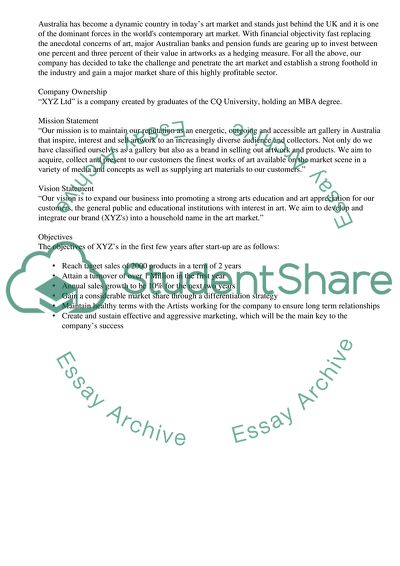Cite this document
(The Business Plan for Art Gallery in Australia Research Paper, n.d.)
The Business Plan for Art Gallery in Australia Research Paper. Retrieved from https://studentshare.org/business/1562053-5000-words-report-for-a-business-plan
The Business Plan for Art Gallery in Australia Research Paper. Retrieved from https://studentshare.org/business/1562053-5000-words-report-for-a-business-plan
(The Business Plan for Art Gallery in Australia Research Paper)
The Business Plan for Art Gallery in Australia Research Paper. https://studentshare.org/business/1562053-5000-words-report-for-a-business-plan.
The Business Plan for Art Gallery in Australia Research Paper. https://studentshare.org/business/1562053-5000-words-report-for-a-business-plan.
“The Business Plan for Art Gallery in Australia Research Paper”, n.d. https://studentshare.org/business/1562053-5000-words-report-for-a-business-plan.


